1998 Toyota Camry

| The Good: – Reliable and solidly built – High resale value – Large interior |
The Bad: – Dull taxi-cab image – High used car prices – Somewhat weak brakes |
The Toyota Camry is one of the best selling midsize cars ever, leading the sales charts since it was introduced in the Middle East more than a decade ago. All Camry models hold there value well, and the model sold during 1998, 1999, 2000, 2001 and 2002 is no exception. The Toyota Camry has set a benchmark for family sedans, and this is reflected in its high resale value.
The Camry’s virtues have included bulletproof reliability, excellent fit and finish, and a comfortable interior. Its performance has never stirred the soul, but it has been predictable and precise.
The 1998 Camry came in sedan and wagon form. The trim levels included the XLi, GLi and top-of-the-line Grande V6 models.
The Toyota Camry’s lines are more angular, and angularity generally lends a larger appearance. Toyota also stretched the wheelbase two inches and chopped the front and rear overhang. This puts the wheels closer to the corners, which gives the car a sportier stance and a fuller look overall.
The interior of the trunk is wide and fully lined for a nice appearance and less noise. The rear seats can be folded forward (in a 60/40 split) to increase cargo capacity even further.
The Camry has a clean, simple dashboard with good visibility. A second power outlet is located at the bottom on the front console. The sun visors have extension panels. The front cupholders hold 20-ounce bottles, and new rear cupholders can take either juice boxes or cans. There are numerous new storage cubbies, and the glovebox is large.
Interior dimensions are large, particularly in rear legroom, thanks to the long wheelbase. The amount of sound-deadening material makes the interior luxuriously quiet.
Antilock brakes are standard on the higher models. Traction control was also an option on this front-driven Toyota car.
The standard engine for the Camry is a 2.2-liter four-cylinder that is a remarkably smooth piece of work. A four-cylinder engine in a car this size is usually a dismal choice, but not here. The 2.2’s acceleration is acceptable, and once up to speed, it rolls along nicely. It has to downshift more frequently, and passing on two-lane roads requires more planning than with a larger engine. But the 2.2 is a refined engine, with none of the roughness typical of a four-cylinder. It’s economical to buy and operate, which is why 85% of Camry buyers opt for it.
The optional 3.0-liter V6, generally recognized as one of the best in the business, is a significantly more powerful engine. For the money, you get a family sedan that passes with ease, and accelerates briskly away from stoplights. The V6 requires Super fuel for optimum performance.
In terms of ride and handling, the Camry has always had the poise of a far more expensive sedan, thanks to the underpinnings it shares with the Lexus ES300. Steering is precise, giving good maneuverability, although brakes are a little on the weak side. Though the car is no sports sedan, it is smooth and competent, giving the driver a confident sense of control.
The Camry makes a good used car, as long as you avoid the old taxi cabs that are being resold to the public.
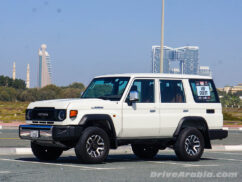
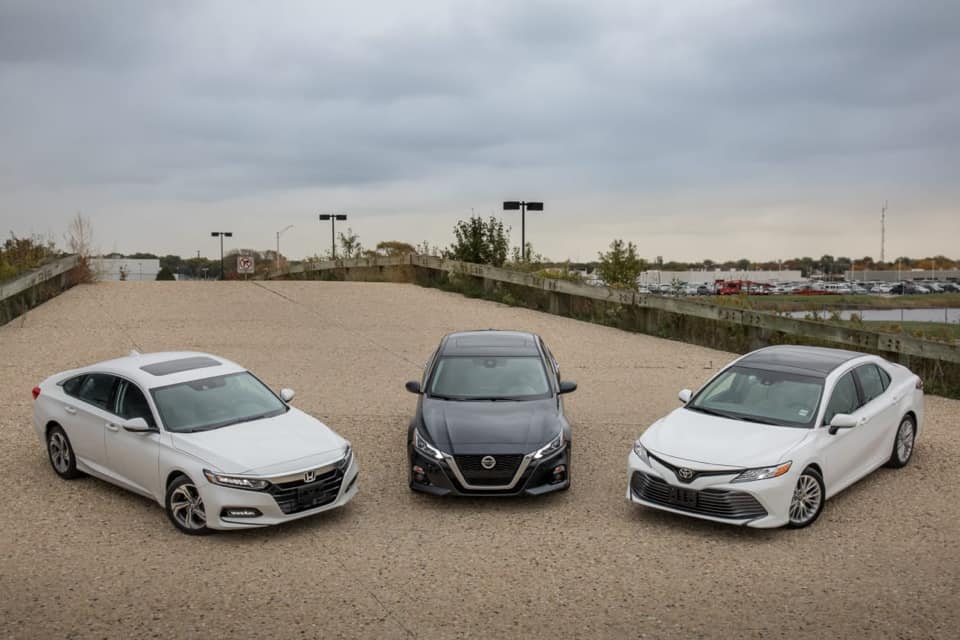
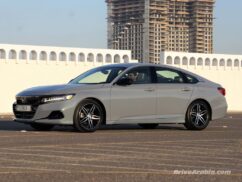
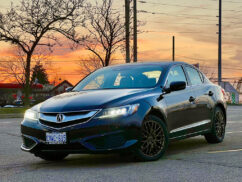
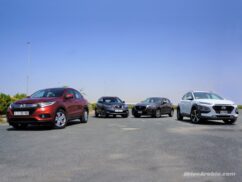
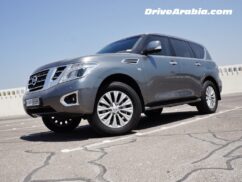
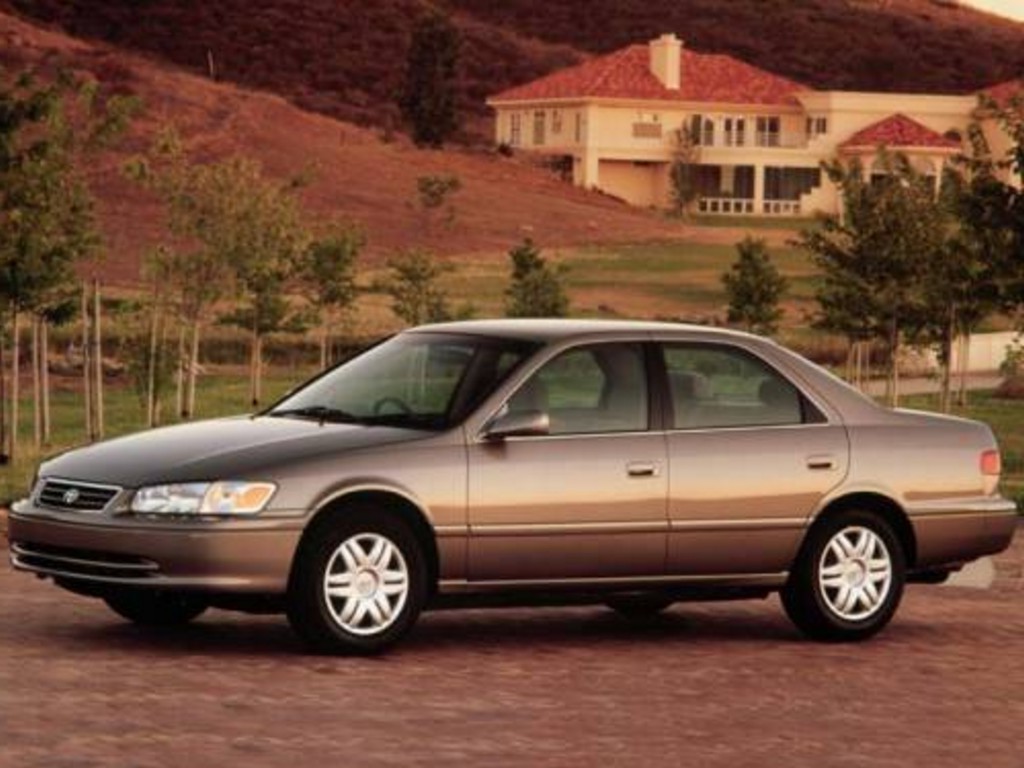
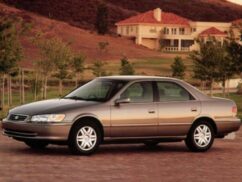
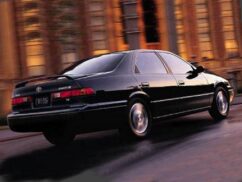

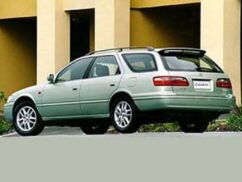

There are no comments. Be the first!